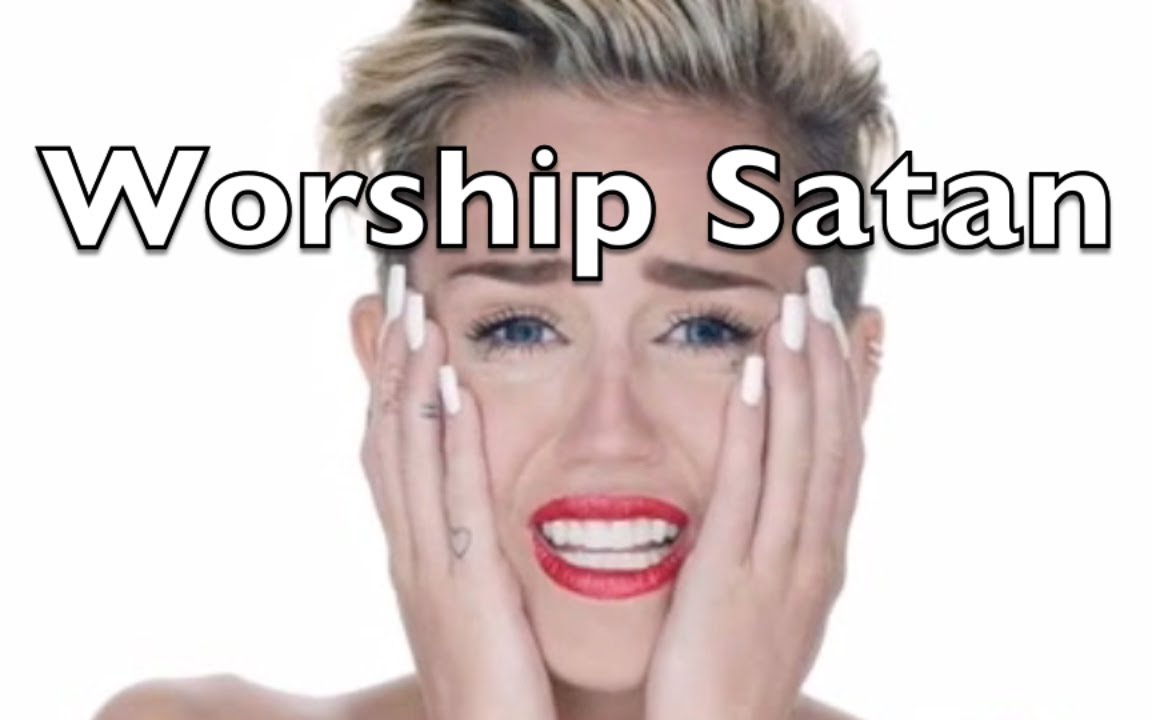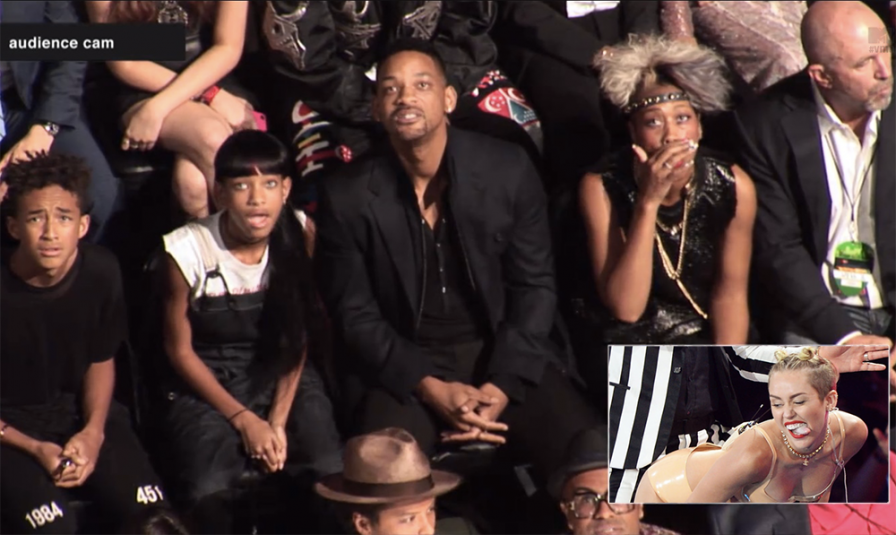We celebrate the end of the year the only way we know how: through lists, essays, and mixes. Join us as we explore the music and films that helped define the year. More from this series
Numerous other readings of popular culture similarly fixed overly-specific signifiers onto overly-broad categories of identity. New Zealand singer Lorde’s song “Royals,” which critiques pop music’s emphasis on signifiers of wealth such as “Gold teeth/ Grey Goose/ Trippin’ in the bathroom/ Bloodstains/ Ball gowns/ Trashing the hotel room” and “Cristal/ Maybach/ Diamonds on your timepiece/ Jet planes/ Islands/ Tigers on a gold leash” was also criticized for being racist.
Again, if anything’s offensive, it’s the assumption implicit in that accusation about the relationship between “Cristal” or “gold teeth” and “black people in general.” Art’s transformative power comes, in part, from its ability to decouple symbols from their original contexts (here, rap music videos) and reconfigure them in new ones (American cultural imperialism and global capitalism), in the process stripping signifier from signified to create new spaces for meaning-making. But offense criticism attempted to superglue as many signifiers as possible onto race, gender, and sexuality, weighing down our ability to deconstruct them, rebuild them, or think outside their restrictive confines.
How Satan Can Help Us Twerk Toward a Hermeneutics of Trust

I went to a Christian high school, which means my early education was angstily unique. Instead of sex education, I had Bible class. Instead of evolution, I learned how God created the Earth with the appearance of age in order to fuck with people who didn’t believe His Word. One of the most enduring lessons I learned, though, was that nearly all secular music is chock-full of secret-coded messages that promote sexual promiscuity, hatred of religion, and the worship of Satan.
My school’s obsession with the evil power of popular music neither encouraged nor dissuaded my 15-year-old self from liking what I was inclined to like. Despite being favorite scapegoats of my school, I never got into Led Zeppelin or Pink Floyd. But the constant barrage of warnings about music’s evil power over its listeners did deeply increase my enjoyment of what I was drawn to in the first place. Listening to Nine Inch Nails became not just dumb teenage taste, but an act of resistance against the dogmatically anti-intellectual peer pressure of my school. Regardless of what the lyrics actually said, the act of listening itself became its own important ritual that allowed me to exert my own limited teenage agency, to make my life more tolerable, to survive a shitty few years.
My school’s obsession with hermeneutics — the science of interpreting texts, which began with ancient scholars of the Bible — was laughably similar to this year’s proliferation of offense criticism. Both believe that art holds great power, but that the mechanisms through which this power can impact audiences are only visible to a select group of scholars: in one case Biblical, in another case secular. But whether following in the footsteps of pastor James Dobson or critical theorists from the 1970s, claims to interpretive authority in both cases are based on a knowledge of something far removed from either art itself or the people who enjoy it.
Sure, art has some meaning contained within it, but even more important is the meaning we construct for it, the way it interacts with the specific contexts of the lives of people who use it.
No teacher at my school would have understood what I took away from Marilyn Manson or Tori Amos (I mean, looking back, I barely do, either). Their understanding of it boiled down to just, “Satan!” Offense criticism today is just as much of a hammer, seeing everything as a nail. And such a reductive and suspicious hermeneutics might be harming the admirably-egalitarian causes sites like Jezebel and The Atlantic espouse, as much as my school ruined the chances of anybody who attended it devoting their life to Christianity. Nobody understands what art means to people more than the people it is meaningful to; by pretending otherwise, offense criticism risks alienating the everyday audiences who listen to songs, watch TV, and go to movies, turning them off from giving a shit about real-life prejudice and inequality.
It also risks reducing audiences’ own interpretive possibilities. If some fans understand Miley Cyrus’s recent output as having a liberating feminist message, who are critics — especially ones who don’t even like Cyrus much anyway — to say they’re wrong? Instead of being suspicious of (and therefore, it’s implied, intellectually superior to) everyday audiences and their tastes, why not start by trying to understand why people like stuff and what it means to them? Sure, art has some meaning contained within it, but even more important is the meaning we construct for it, the way it interacts with the specific contexts of the lives of people who use it.

Of course, not every analysis of art can be audience-based. Still, critics (especially those who care about “privilege”) should ditch their hermeneutics of suspicion about popular art. Instead of tossing around “problematic” as if it were a negative descriptor, critics should value the problematic for what the term actually means: “not definite or settled,” that gray area so unique to art that lets us work through and play with difficult concepts. After all, it’s sometimes the most difficult art to morally justify that does the most productive work in society. Curator and scholar James Polchin, for instance, dredged up lynching photos from America’s past and carefully exhibited them in a way that minimized their violent, voyeuristic spectacle (i.e., not as over-the-top linkbait), and allowed viewers to bear witness to America’s history of racial hatred. Kanye West appropriated the Confederate Flag and looked pretty badass doing it.
Whether or not any piece of art is inherently offensive is beside the point: unlike what my high school thought about the Bible, art’s “message” is never fixed, and neither is what meaning we make out of it. Calling Miley Cyrus’s VMA performance racist does nothing productive, but taking a step back to think about how representation of race and cultural difference can function in artistic performance could be.
Who knows: a hermeneutics of trust — trust in Cyrus’s intelligence; trust in the taste of the massive, diverse audience that tuned in — might help us discover that art is more exciting and more transformative than we ever thought possible. Or at least that twerking only hurts if you make it.

We celebrate the end of the year the only way we know how: through lists, essays, and mixes. Join us as we explore the music and films that helped define the year. More from this series
